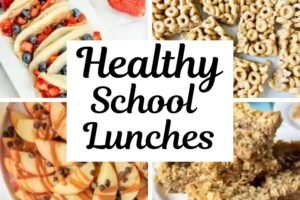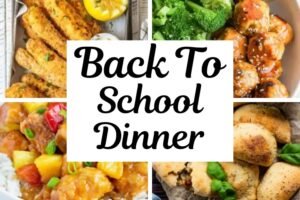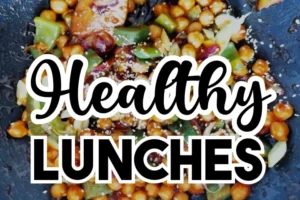Discover easy healthy school lunch ideas for kids to keep your kids energized. From healthy wraps and colorful salads to fun bento boxes and nutritious snacks, find inspiration to make lunchtime a delightful experience.

School lunches play a vital role in nourishing and fueling young minds throughout the day.
In this blog, we’ll dive into the world of school lunches, exploring a variety of simple and healthy ideas that are sure to keep kids energized and focused.
From balanced meal plans and creative sandwich alternatives to colorful salads and wholesome snacks, we’ll guide you through a collection of school lunch recipes and practical tips to ensure your child’s lunchbox is filled with delicious and nutritious options.
Join us as we find the secrets to packing satisfying school lunches that make healthy eating enjoyable and convenient for both parents and kids alike.
Easy School Lunch Ideas For Kids
19. Cucumber Edamame Salad
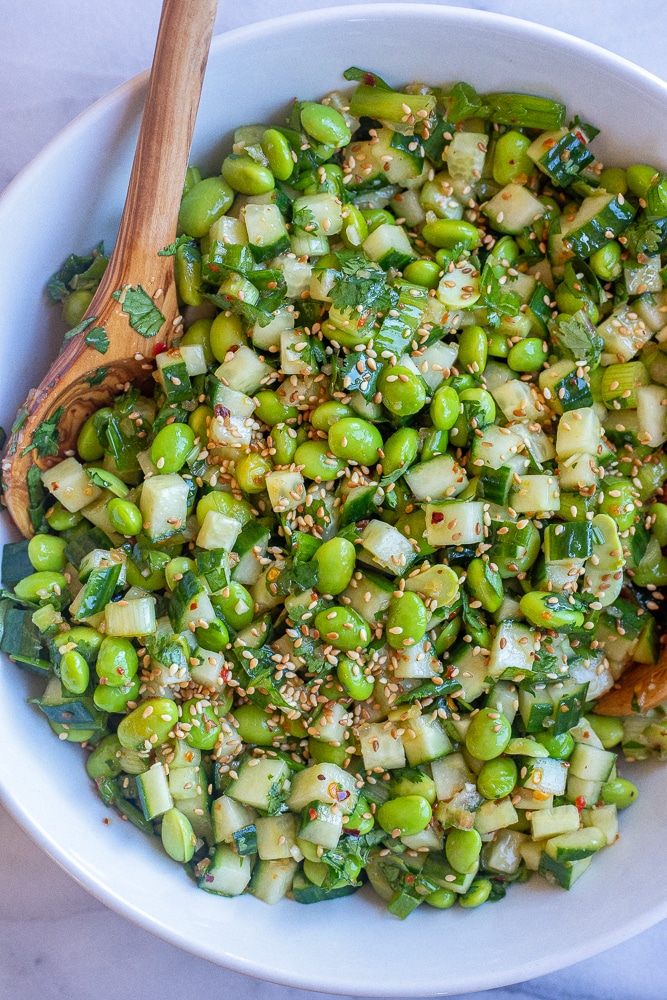
Credit: She Likes Food
18. Tex-Mex Chicken Chopped Salad
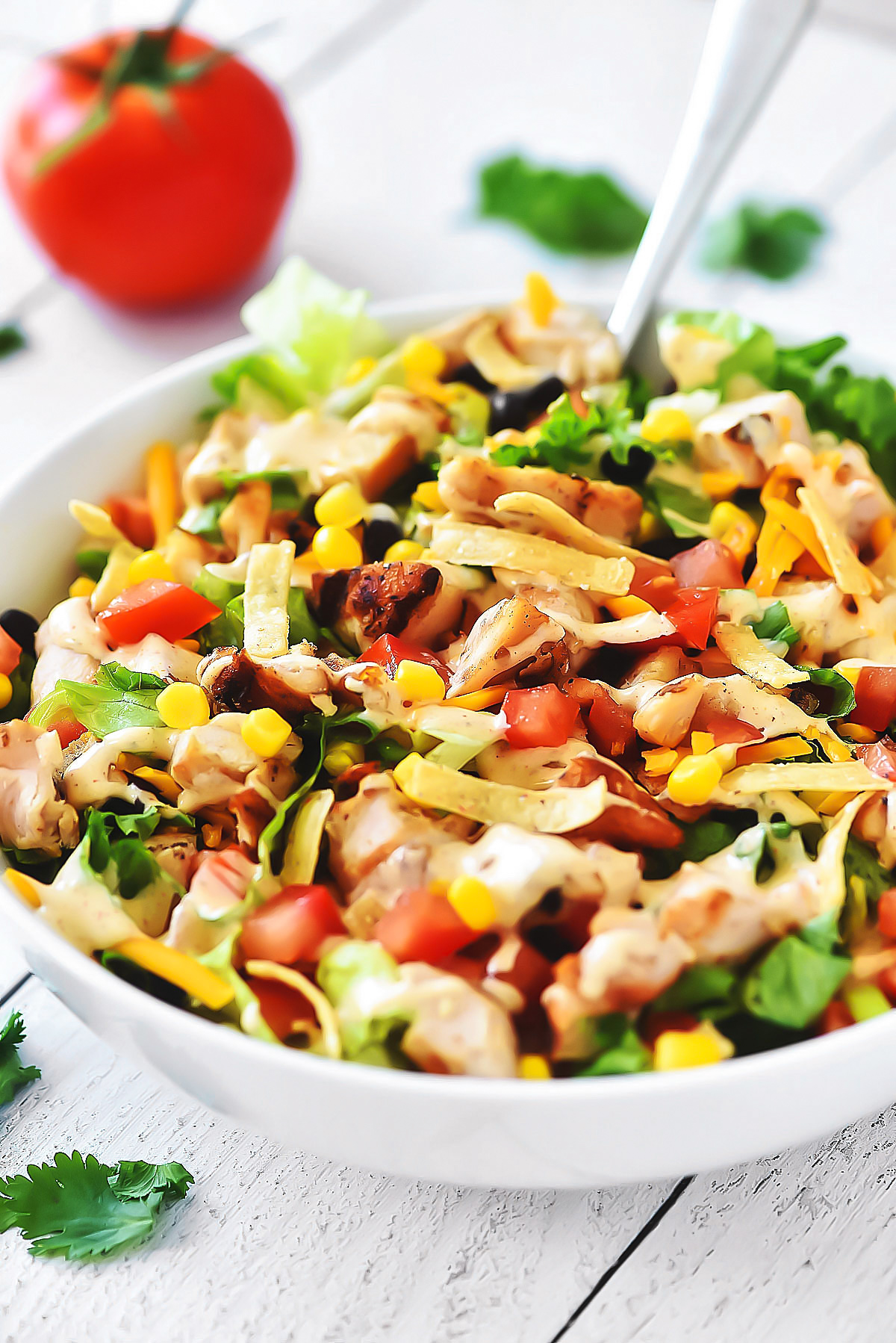
Credit: Life In The Lofthouse
17. Honey Mustard Chicken Salad
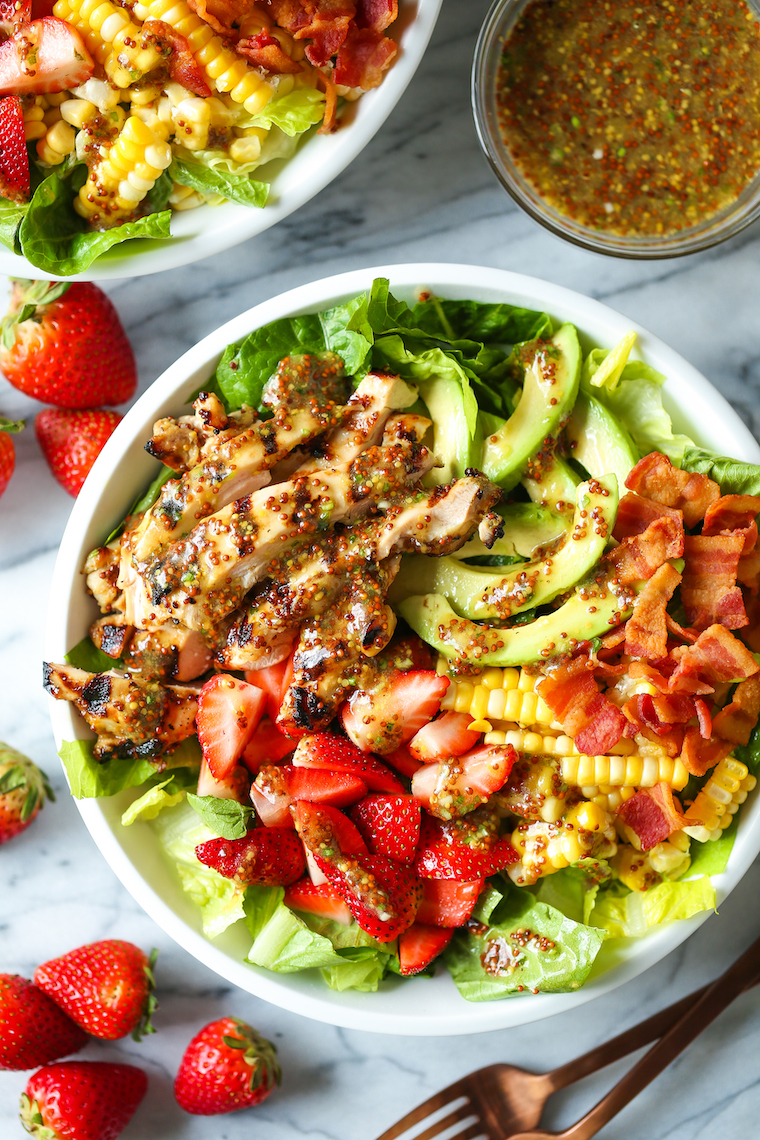
Credit: Damn Delicious
16. Chickpea Caesar Salad Wraps

Credit: This Savory Vegan
15. Hummus Wrap

Credit: Buns In My Oven
14. Chicken Salad Wraps

Credit: Marathons And Motivation
13. Thai Peanut Wraps

Credit: Spided Blog
12. Southwest Chicken Wrap

Credit: Modern Meal Makeover
11. Crispy Chicken Wrap
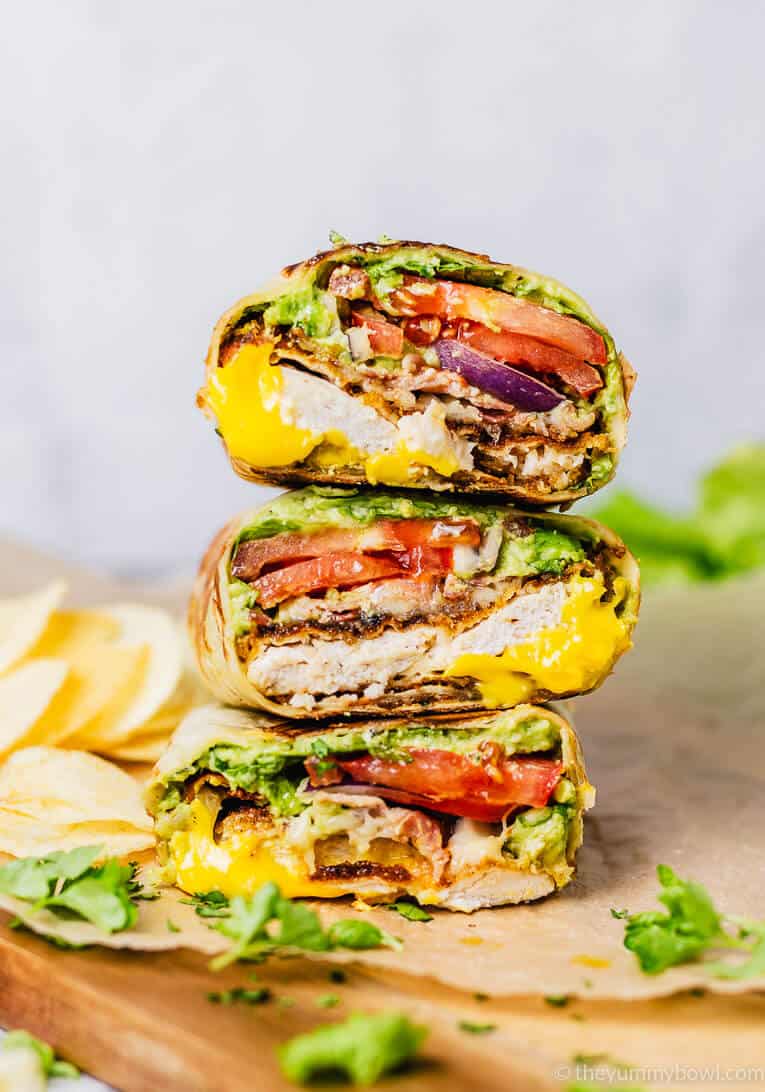
Credit: Yummy Bowl
10. Grilled Chicken Wraps
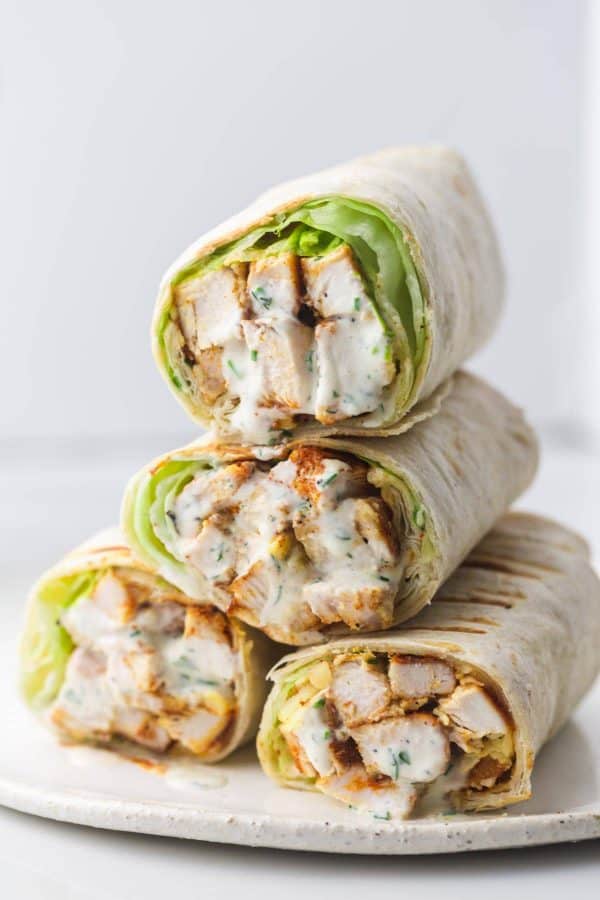
Credit: Little Sunny Kitchen
9. Crispy Chicken Caesar Wrap

Credit: Simplify Create Inspire
8. Banana Oat Protein Muffins

Credit: One Clever Chef
7. Blueberry Banana Bread

Credit: Rhian’s Recipes
6. Taco Boat Quiche

Credit: Simplify Create Inspire
5. Chocolate Cherry Energy Balls

Credit: Food Meanderings
4. Banana Oat Cookies

Credit: Kitchen Sanctuary
3. Coconut Chia Bars

Credit: Sidewalk Shoes
2. Rainbow Hummus Veggie Wrap

Credit: Recipes From A Pantry
1. Pizza Rolls

Credit: The Recipe Rebel
SAVE THIS PIN FOR LATER

FAQs
Q. How can I encourage my child to eat fruits and vegetables?
Make fruits and vegetables fun by cutting them into interesting shapes or creating colorful fruit salads. You can also involve your child in grocery shopping and let them choose their favorite produce.
Q. What are some quick and easy protein-packed snacks for lunch boxes?
Some protein-packed snacks include boiled eggs, Greek yogurt, cheese sticks, or homemade protein bars. You can also pack a small portion of leftover chicken or turkey from dinner.
Q. Can you suggest dairy alternatives for lactose-intolerant children?
Yes, there are several dairy alternatives available for lactose-intolerant children. These include fortified plant-based milk (such as almond, soy, or oat milk), dairy-free yogurt, and cheese made from plant-based sources like nuts or soy.
Q. Are there any alternatives to traditional sandwiches for lunch boxes?
Absolutely! You can try wraps using whole grain tortillas, rice or pasta salads, vegetable and hummus wraps, or even sushi rolls. These options provide variety and can be made in advance for convenience.
Q. How can I make sure my child’s lunch stays fresh and safe to eat?
Use insulated lunch boxes with ice packs to keep perishable foods cool. Pack hot foods in a thermos to maintain their temperature. Remind your child to keep their lunch box closed and discard any uneaten food to prevent spoilage.

